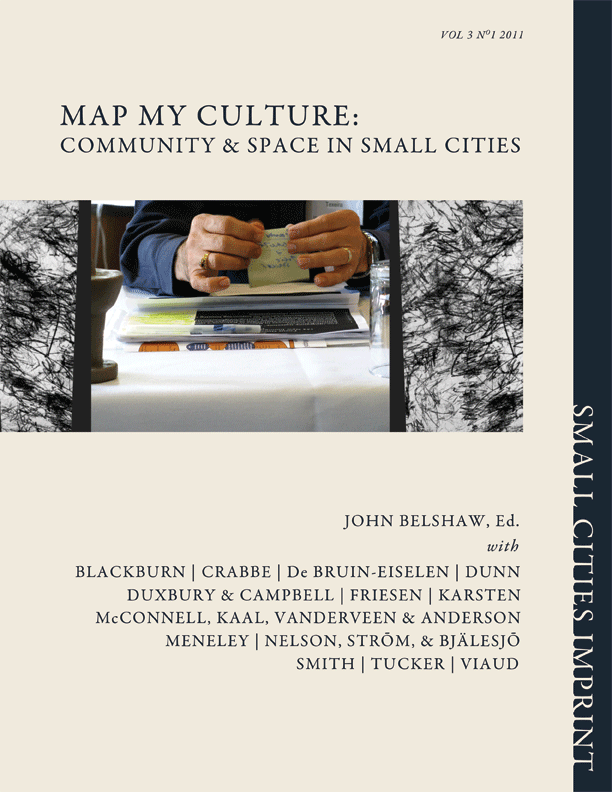Developing and Revitalizing Rural Communities through Arts and Culture
Abstract
Rural/small communities are facing a time of transition. They are re-envisioning and repositioning themselves through diversifying their economic base, enhancing quality of life, and reinventing themselves for new functions and roles. Issues of retaining and engaging youth, attracting new residents and businesses, and maintaining community vitality and identity overarch these efforts. There is awareness that with many traditional resource-based industries in jeopardy, rural communities must look to develop not only new sources of wealth, but a new sense of self, and this is where arts and culture can play a key role in community sustainability. Arts, culture, and heritage are increasingly viewed not only as amenities to improve the quality of life, but as a foundation upon which the future of these rural/small communities rests. In this context, this paper presents a broad overview of key themes in the literature on cultural development in rural and small communities, based on a review of Canadian and international projects and publications. The research is diverse, incorporates a wide range of disciplines and approaches, includes both academic and policy-related studies, and points to an array of issues, dynamics, and strategies that influence the development and vitality of arts activities in rural communities. Although there is no comprehensive “whole” to the research literature, six major themes are used to broadly organize the literature: 1) The nature of arts and creative activities in rural communities; 2) Capacity and related challenges; 3) Community factors and critical ingredients; 4) Population-related issues and opportunities; 5) Economic issues and opportunities; and 6) Governance factors.

